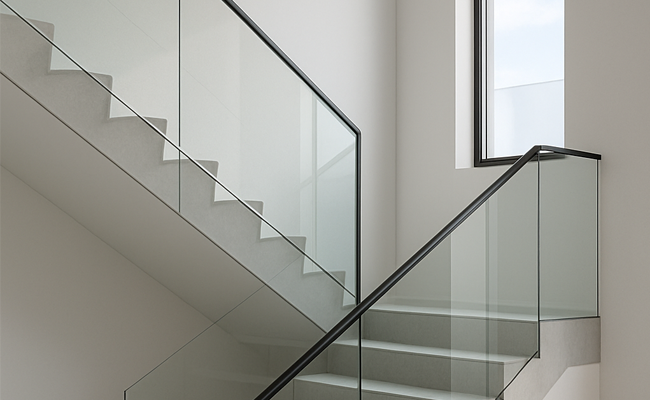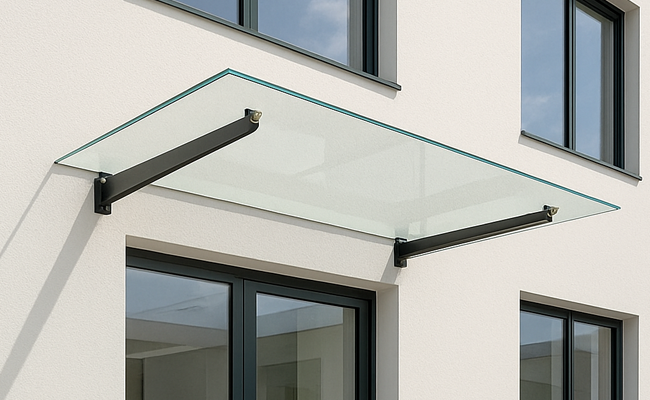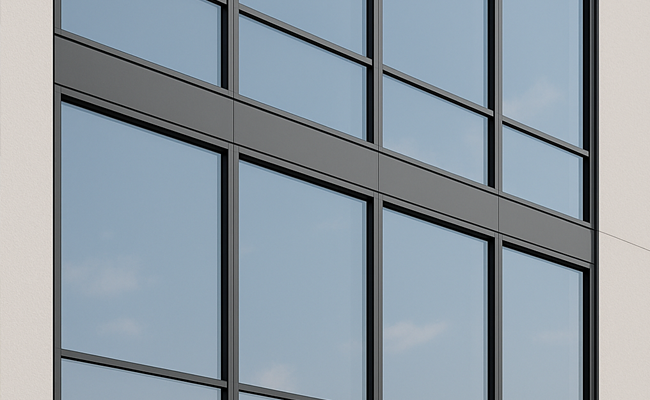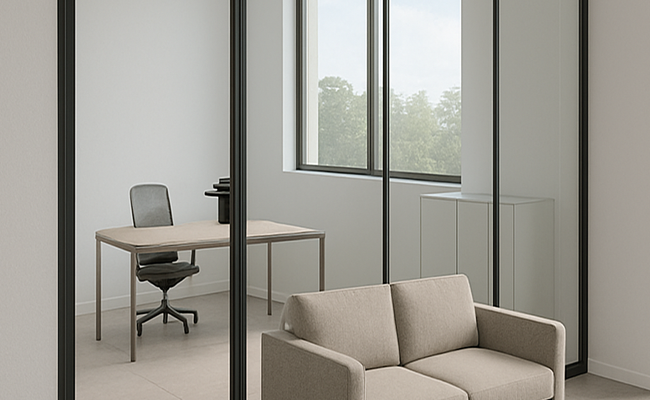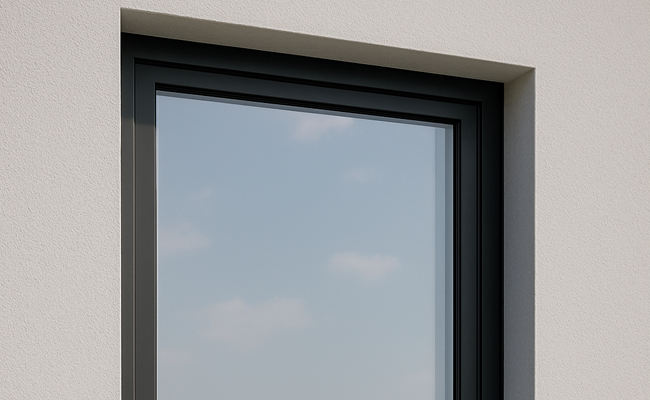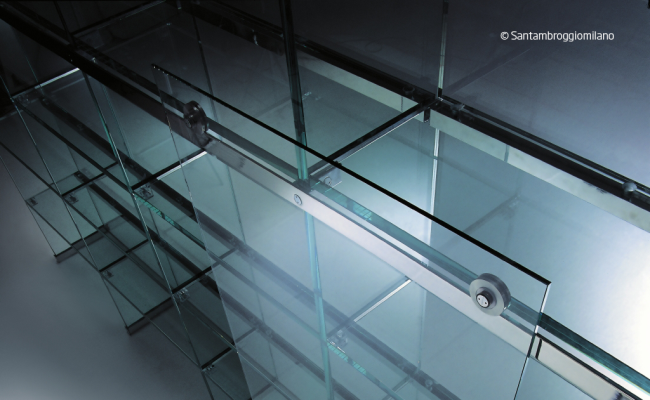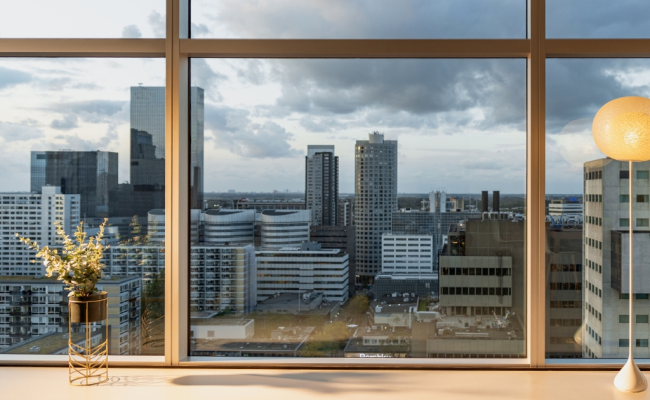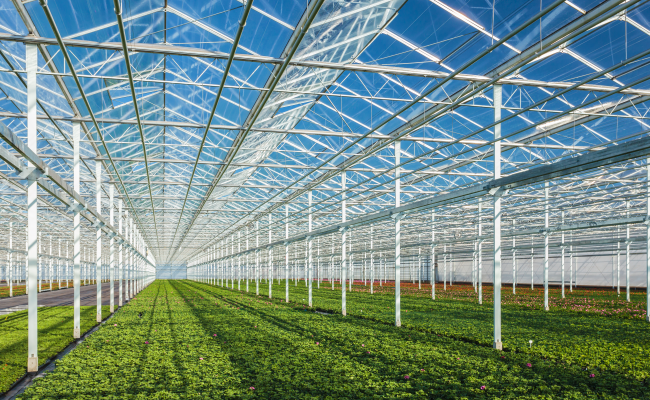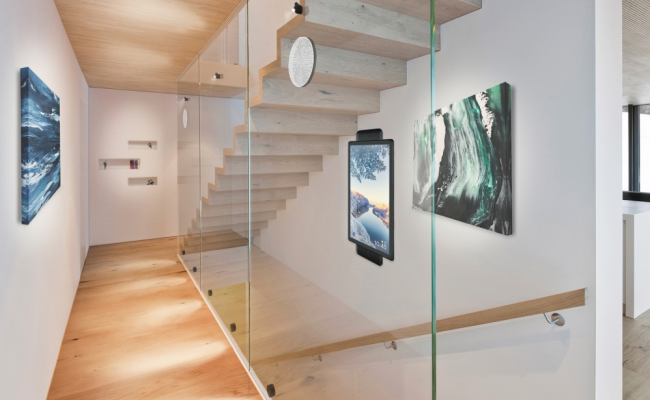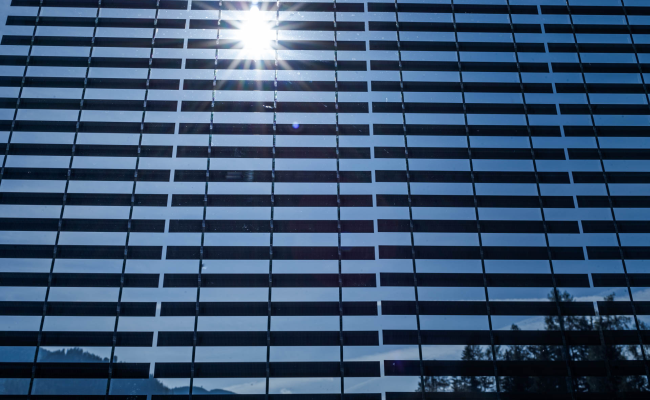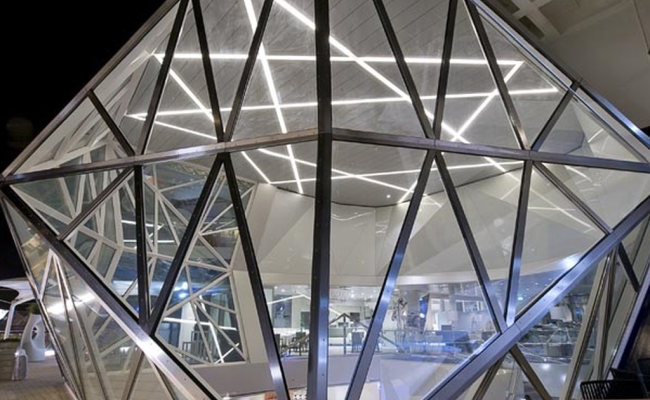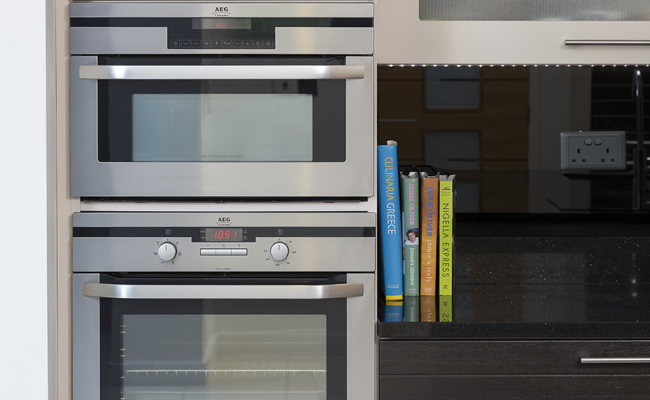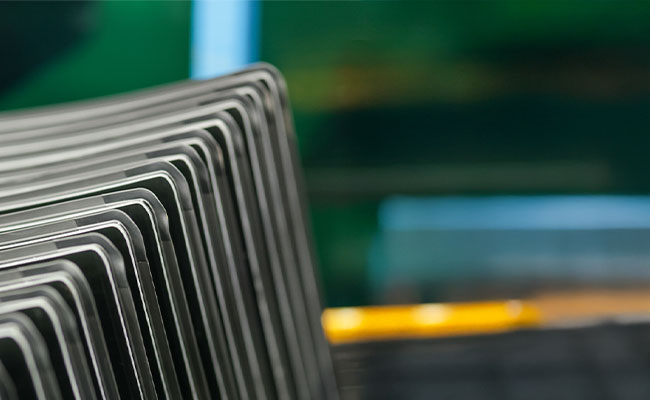Autumn and condensation: the dew point
As we entered the fall season, let’s explain why external condensation is common for homeowners, particularly at this time of year.
The beginning of October has signalled the end of summer. The morning air has more of a chill to it and the heating has been switched on.
For the glass and glazing industry, the crisper autumn weather often sees an influx of enquiries about the appearance of external condensation on windows, especially from those with higher performing low-emissivity glazing. While some homeowners may see it as a nuisance, they should know that external condensation is a tell-tale sign that the windows are doing their job! But why does it happen?
The dew point
External condensation happens because of a natural phenomenon that is more likely to occur in the spring and autumn, and it’s all down to something called the dew point.
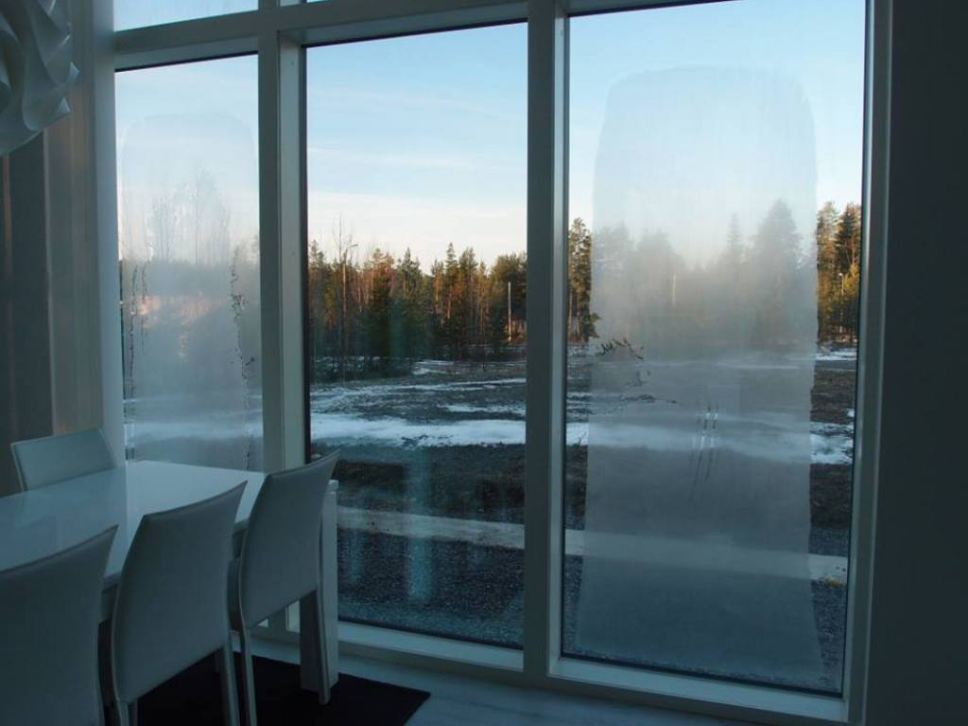
The dew point is the temperature at which a concentration of water vapour in the air will form dew. If air cools down sufficiently to the dew point, it can no longer hold the moisture, forcing the water vapour to condense.
In spring and autumn in particular, the temperature of the outer pane of a window can fall to a low level during the night, and the dew point can be comparatively high. The glass is likely to be below the dew point in these conditions, and so the moisture condenses onto the surface.
The appearance of condensation is more common with modern, high performing low-emissivity glazed windows as the outer pane is colder as a result of heat being retained inside the home. With single or older double-glazed windows, more heat is passed through, warming the outer pane and reducing the likelihood of external condensation. An analogy can be made with frost on roofs – those with good loft insulation can remain frosted for a long time, while those without quickly defrost.
Stopping this natural occurrence
While the effect doesn’t usually last long, there is little that can be done to avoid condensation to the outside of the window entirely. Once the windowpane warms from the sun, the moisture will evaporate. A gentle breeze or wind can also help to clear it.
However, some homeowners may notice that not all panes are affected by early morning condensation, even in the same window. Subtle differences in orientation and the position of objects outside, such as trees or a close building, can change the surface temperature of the glass to the point that one pane suffers, and another doesn’t.
Heating the room more can also lessen the effect, but this is understandably counterproductive after installing glazing which helps to reduce energy use!
Those with Pilkington Activ™ installed in their windows may notice that they get fewer occurrences of external condensation. As a self-cleaning glass, it is no less prone to condensation than any other glass, however its properties mean it doesn’t allow water to form beads on the surface. This means the effect isn’t seen to the same degree as a window without self-cleaning glass.
Pilkington Anti-Condensation Glass
Pilkington Anti-Condensation Glass offers a solution which prevents the onset of external condensation and improves the view through windows.
Pilkington Anti-Condensation Glass is an on-line coated product manufactured in 4 mm thickness available in both LES and Jumbo sizes. As the coating is pyrolytic, it is durable enough to be used on surface 1 (i.e. facing the outside), as well as being robust and easy to clean. Pilkington Anti-Condensation Glass can also be laminated, toughened, bent and incorporated into IGUs.
Keeping the heat inside
The presence of external condensation on low-e products is a natural occurrence, which simply proves to homeowners that the glass is doing its job of keeping the heat inside.
It’s a different case for condensation that appears on the inside, for example facing a room with a very high moisture content, or between the panes, which can be the result of a failed unit seal.
As high performance thermal insulating glazing is increasingly specified into homes and commercial buildings to meet environmental and legislative needs, queries regarding condensation are likely to increase. However, it’s important to inform homeowners that this proves that the glass is performing as designed, and that solutions are available with Pilkington Anti-Condensation Glass if required.
Find out more on Pilkington Anti-Condesation Glass product page HERE.
